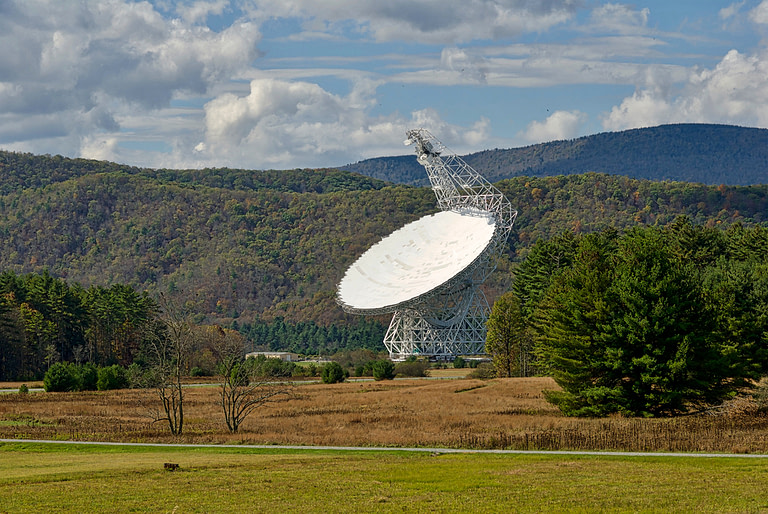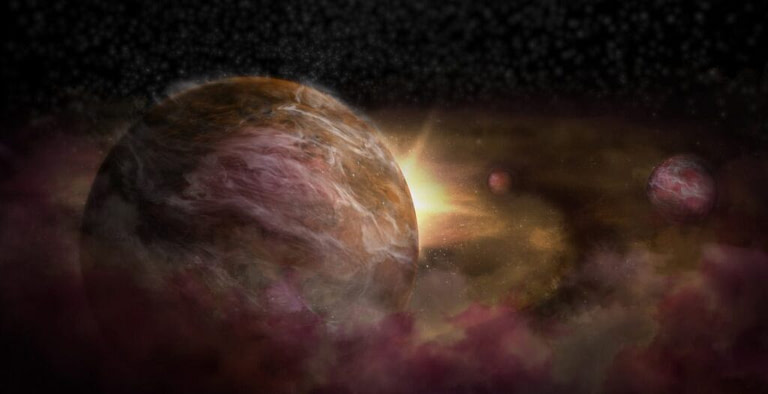Weighing galaxy clusters is no easy feat. Astronomers have long been trying to figure out the mass of these cosmic structures, but it’s a difficult task due to their immense size and complexity. But now, thanks to artificial intelligence (AI), astronomers can accurately measure the mass of galaxy clusters with ease.
A team of researchers from the University of California Santa Cruz recently developed an AI-based algorithm that can quickly and accurately determine the masses of galaxy clusters by analyzing images taken by telescopes. The algorithm uses deep learning techniques to identify features in telescope images such as galaxies, stars, and other objects that are used to calculate the total mass of a cluster.
The team tested their algorithm on data from two different surveys: one conducted using NASA’s Hubble Space Telescope and another using ground-based observatories in Chile. They found that their AI was able to accurately estimate the masses for both sets of data within 10 percent accuracy—a remarkable result given how complex this task is normally considered to be.
What makes this research so exciting is its potential applications for further exploration into our universe’s structure and evolution over time. By understanding more about how much matter exists in each cluster, we can gain insight into how they form and evolve over time—information which could help us better understand our own Milky Way Galaxy as well as others like it throughout space.
This breakthrough also has implications beyond astronomy; similar algorithms could be used in fields such as medicine or engineering where accurate measurements are essential for success. With AI making tasks like measuring galaxy clusters easier than ever before, who knows what else we might discover?
|It’s Extraordinarily Hard To Weigh Galaxy Clusters – AI Just Made It A Breeze|Astronomy|Popular Mechanics






